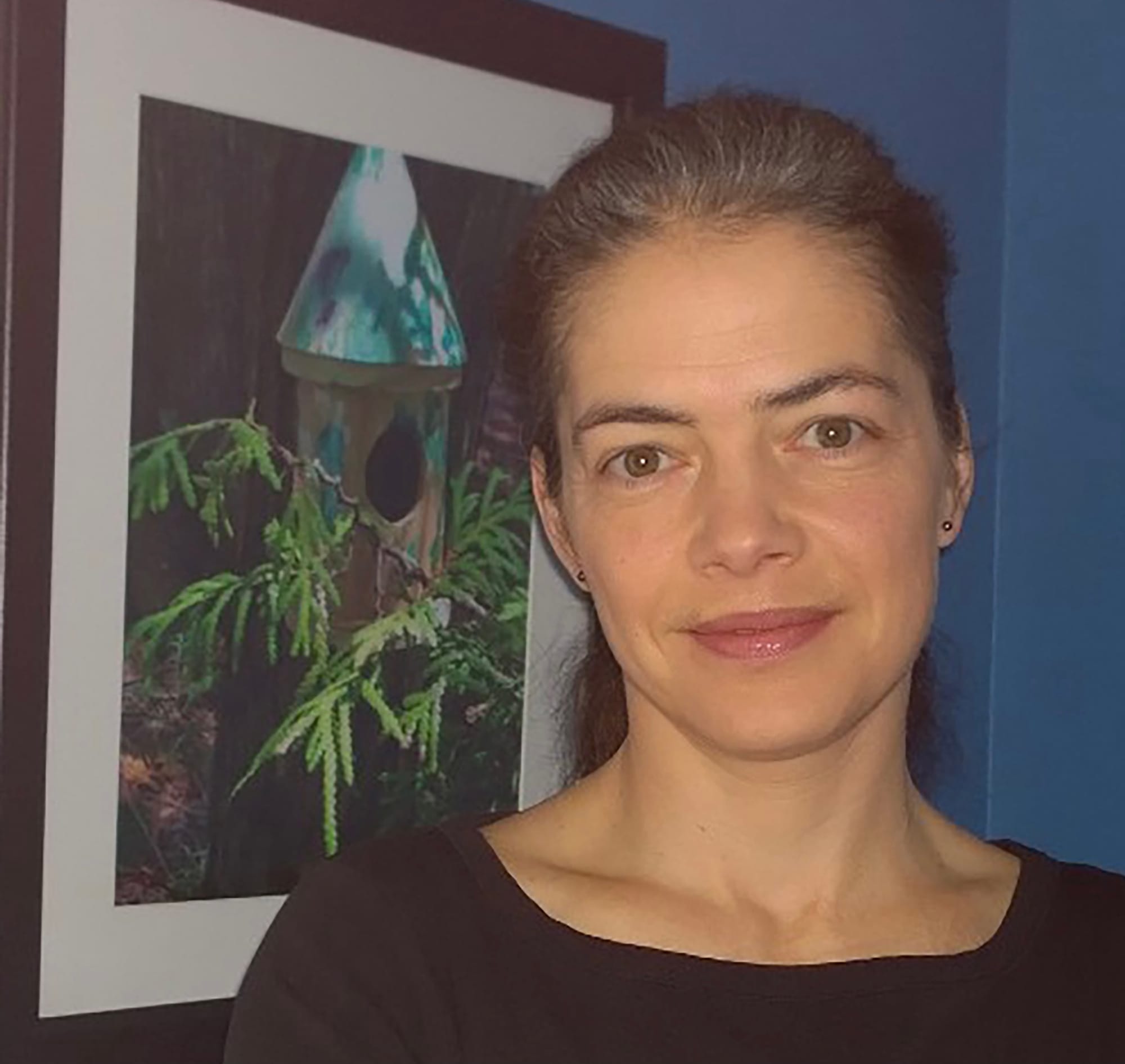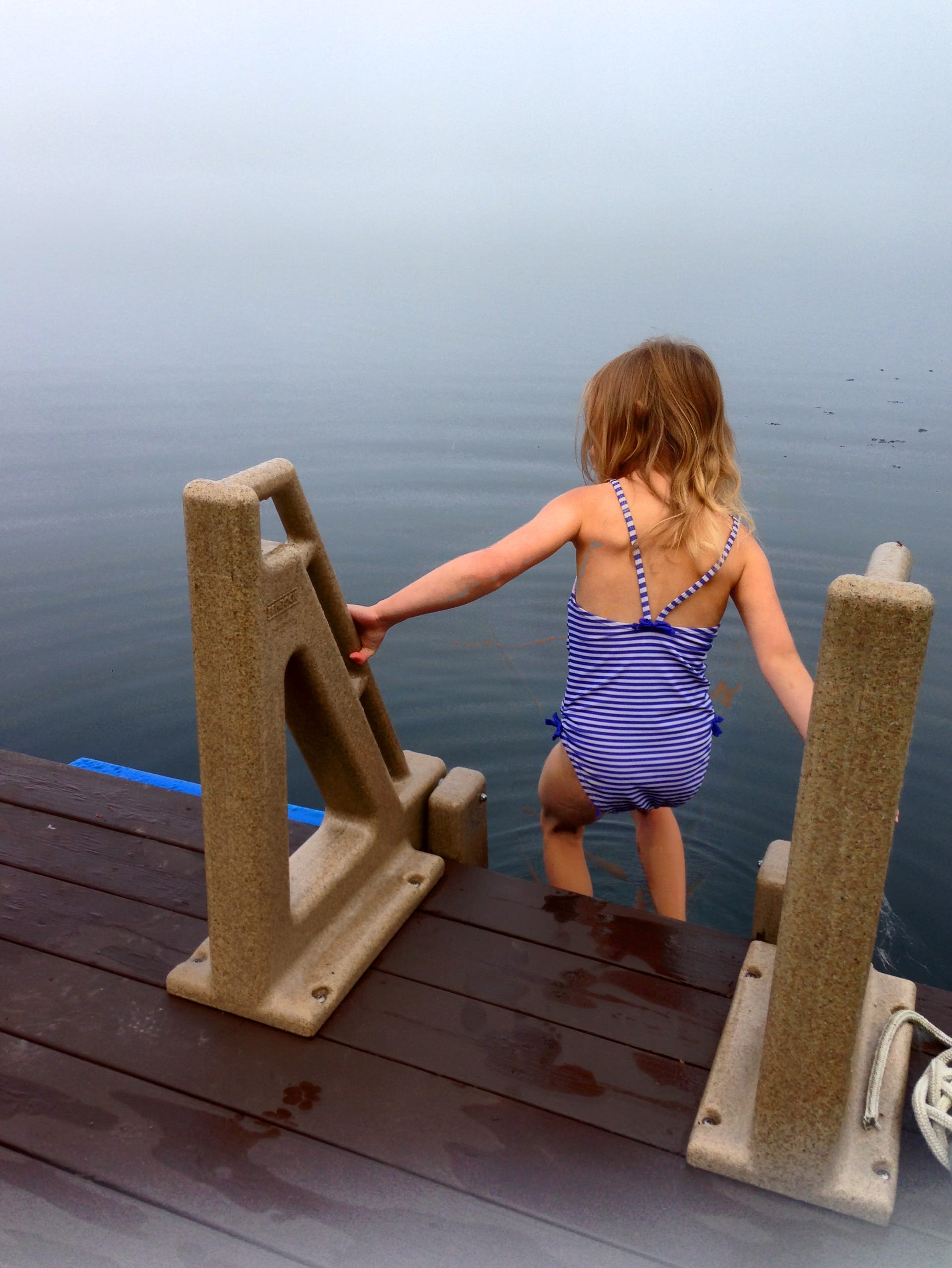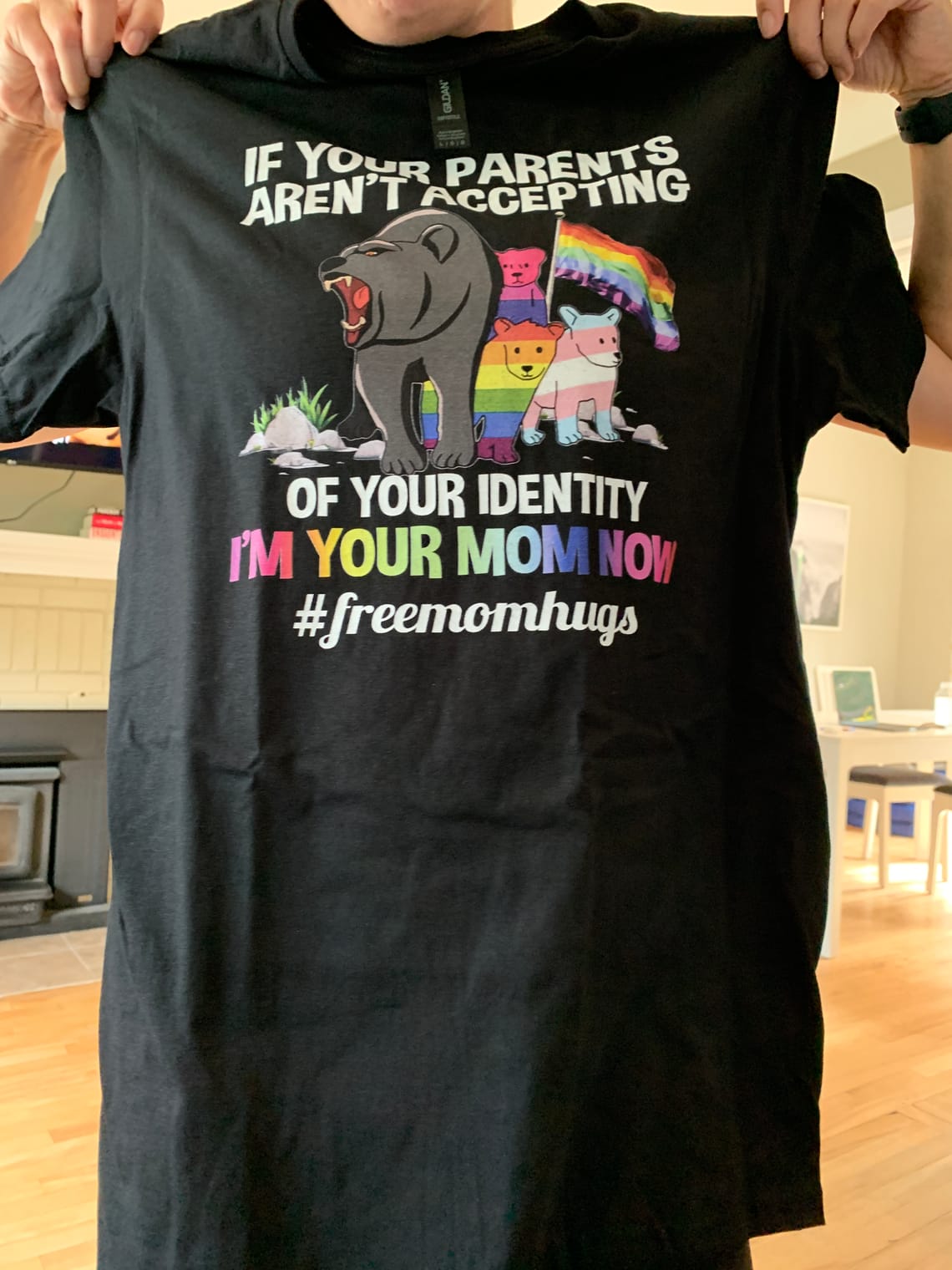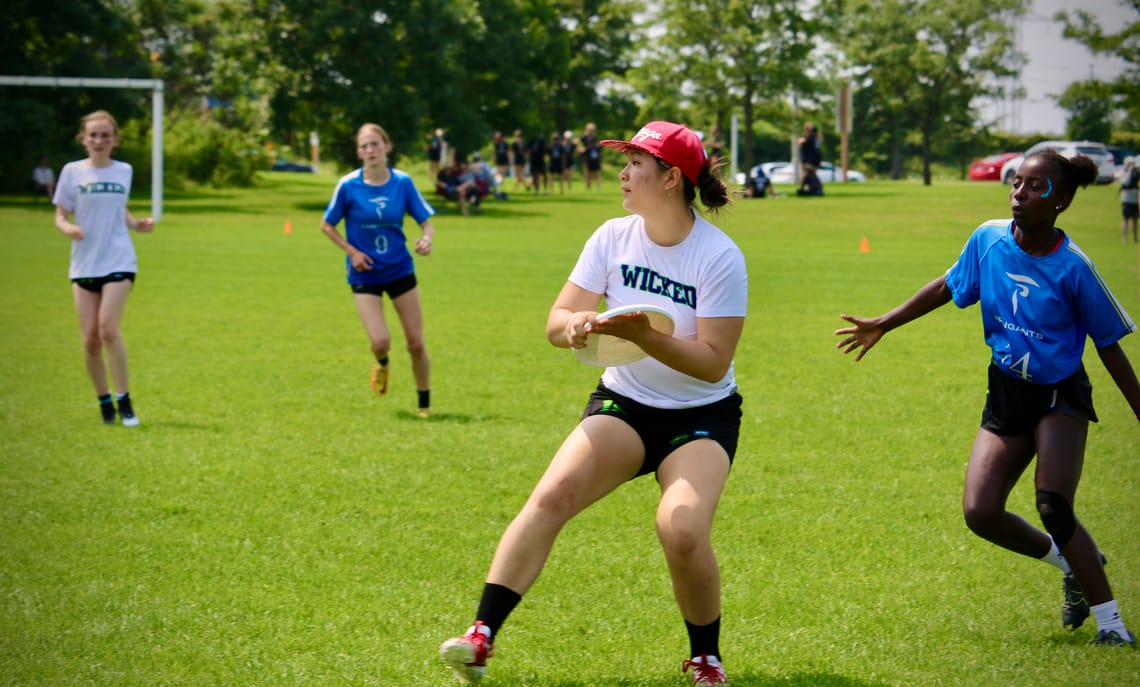OK, so I snorted pretty hard when I saw the headline on that story. Telling kids to go ahead and break an arm is not my idea of parenting, and I sure was not, am not and have no intention of ever resembling a helicopter mama.
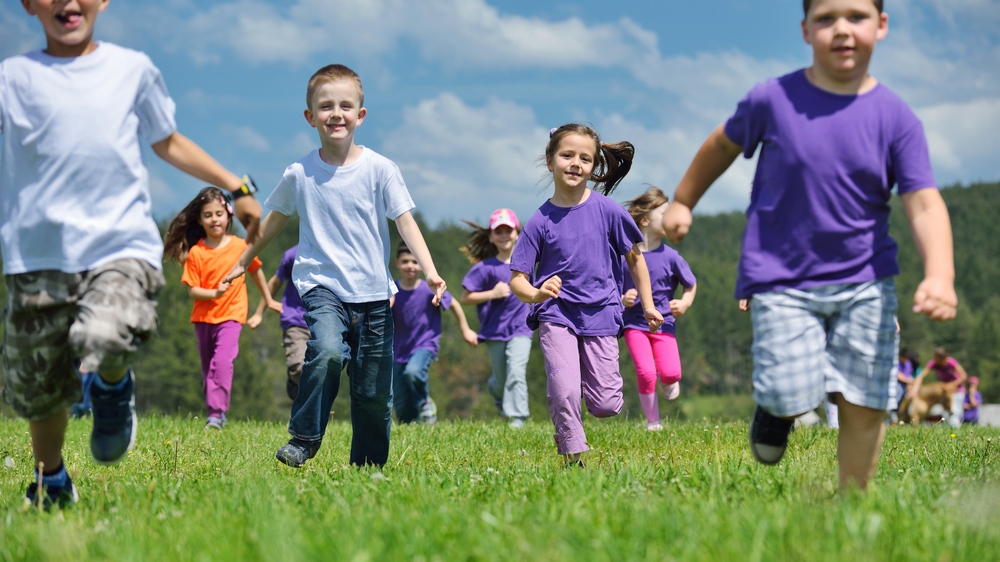
But teaching kids how to take risks smartly by letting them make mistakes including some that can be painful? Oh hell yes.
I am not an expert in pediatrics but I did pop three kids inside of four years and spent 12 years homeschooling them. They are, as of today, still alive – and! – the only one who ever sustained a serious injury requiring emergency surgery to re-attach a quad and more staples than I care to remember to close a wound that looked like a shark bite was hundreds of miles away from me when the incident happened and in the care of adult relatives who like to think they're smart and competent but let's just say I have my doubts.
The first person to become famous for "free-range" parenting was Lenore Skenazy, whose book got published as I was getting close to my 37th month of pregnancy with Youngest. It appealed to me, and not just a little. Especially coming from a country where so many parents have pushed "safety" to the point where kids who are alone outside for more than three minutes are almost considered suspicious and virtually everyone drives their precious offspring to school.
Skenazy's style was considered radical, and not just in the United States. One of my kids had the cops called on them once, because they were alone at the library during school hours. Sometimes I think we also need to teach adults about proper risks and behaviours.
Anyway. Knowing how to take risks is a critical skill to develop and master, and if you wait until the kids are old enough to be sexually active (which by the way is earlier than you think) to start teaching them, you're way too late. But nobody needs to break bones – that's the whole point of teaching them how to know their limits, gauge risks, and behave accordingly.
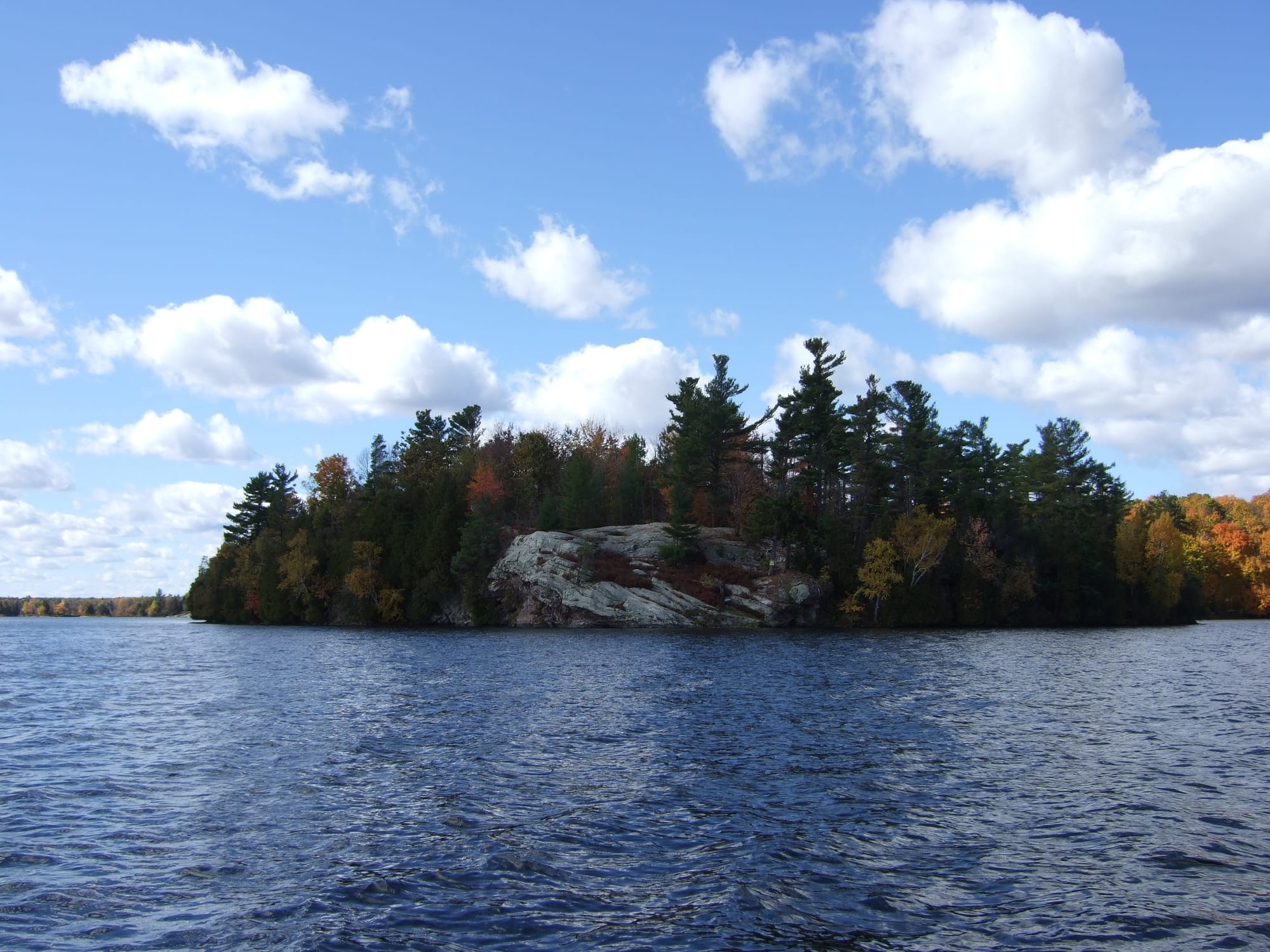
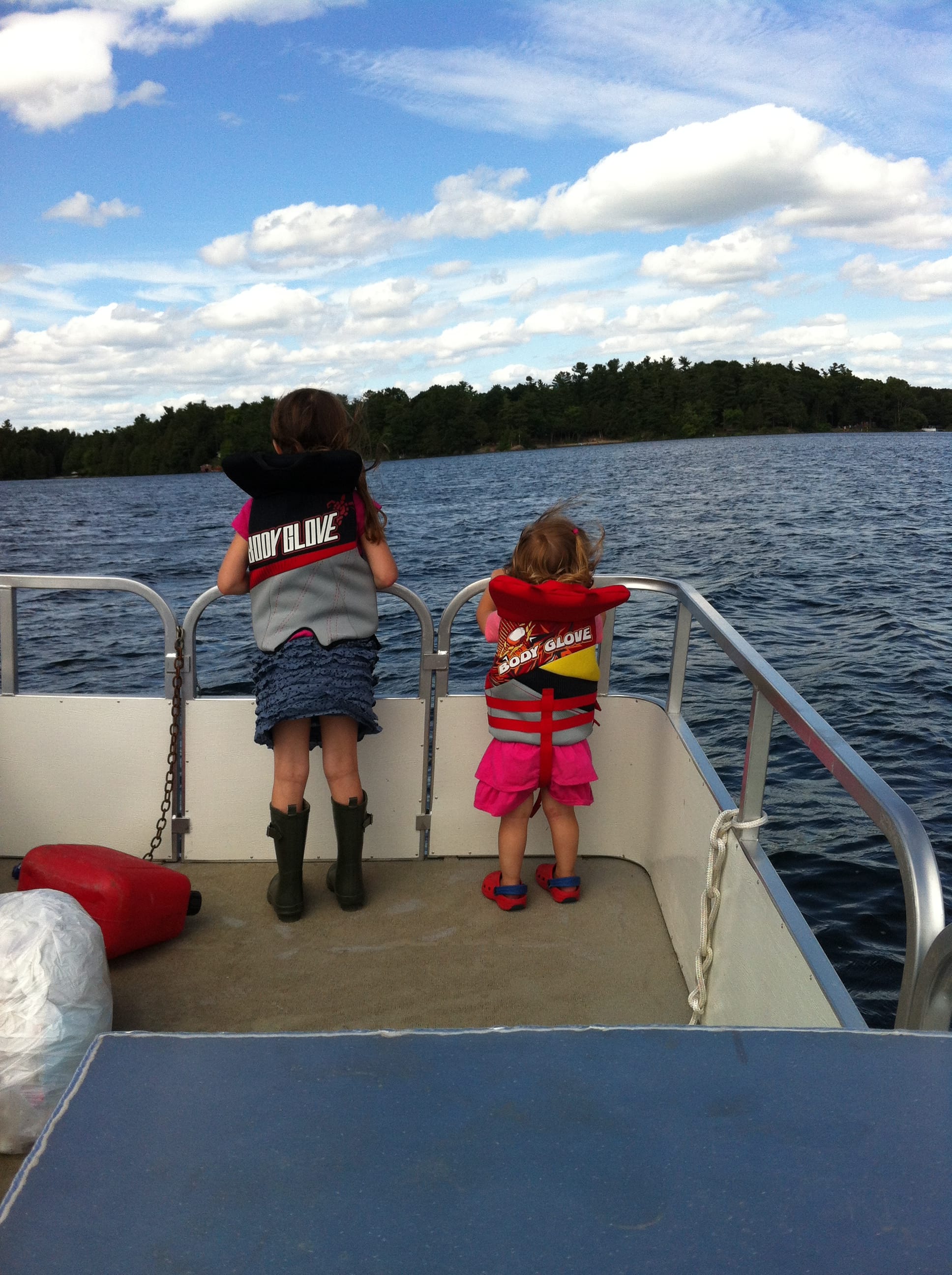
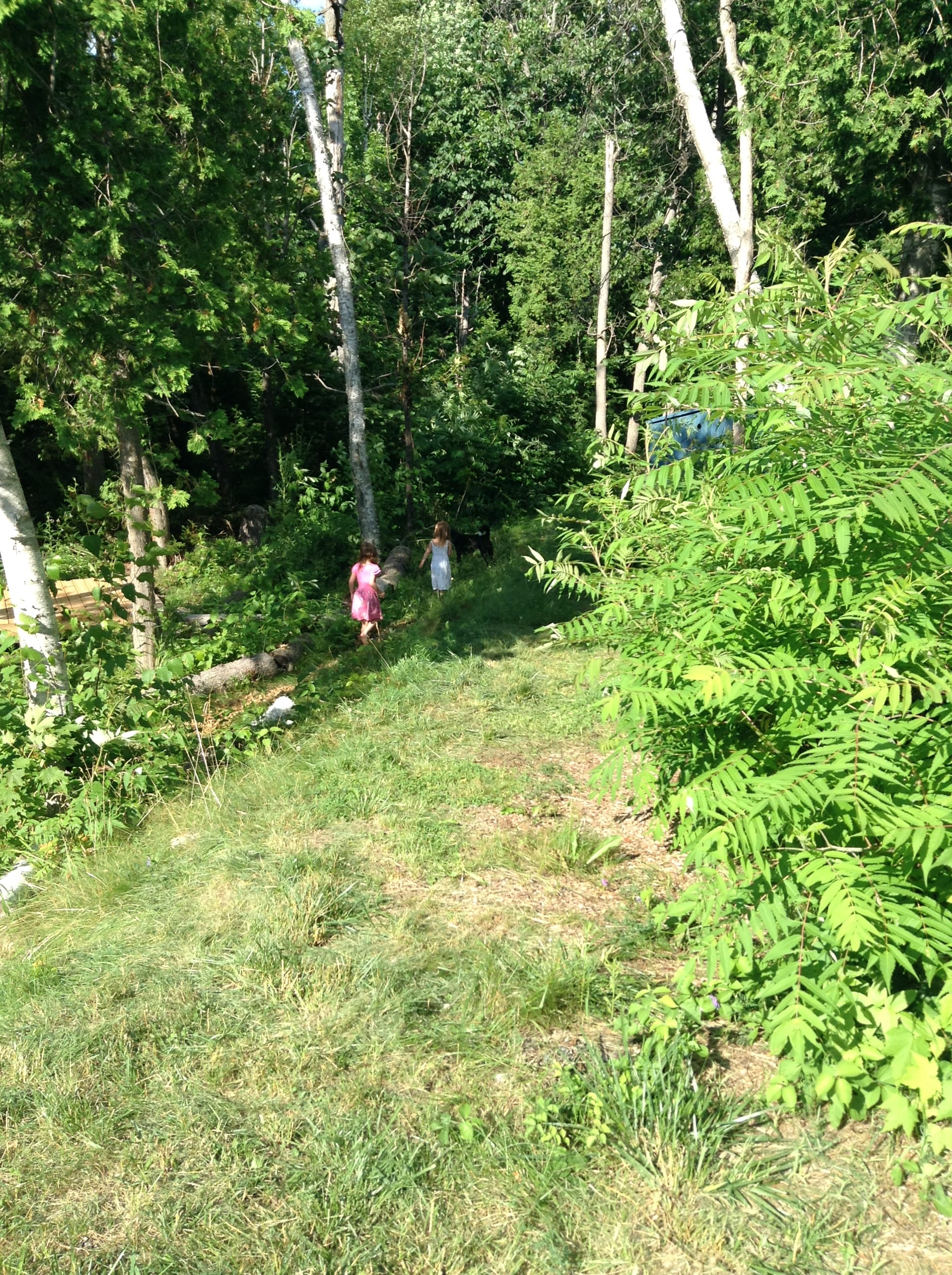
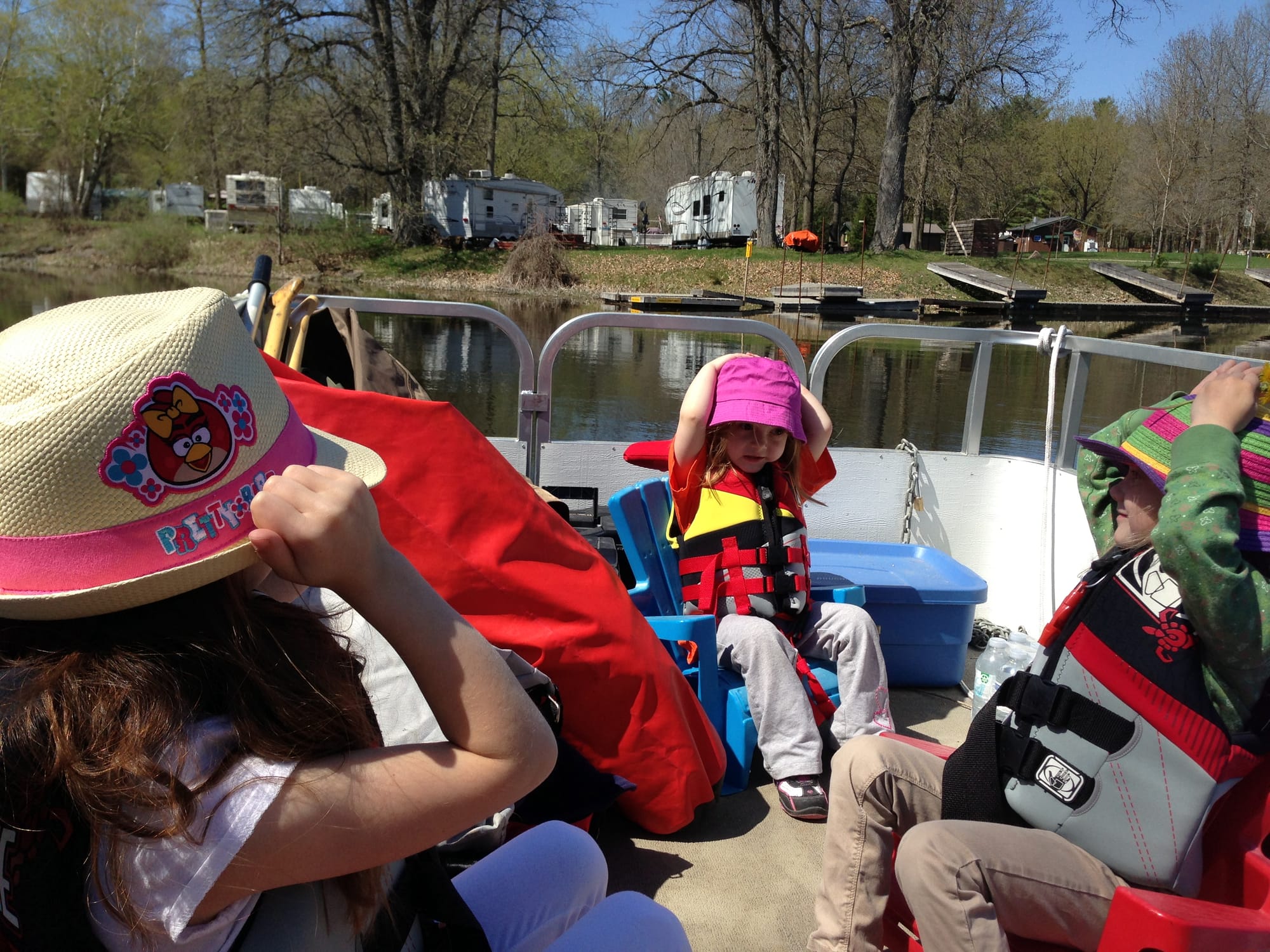
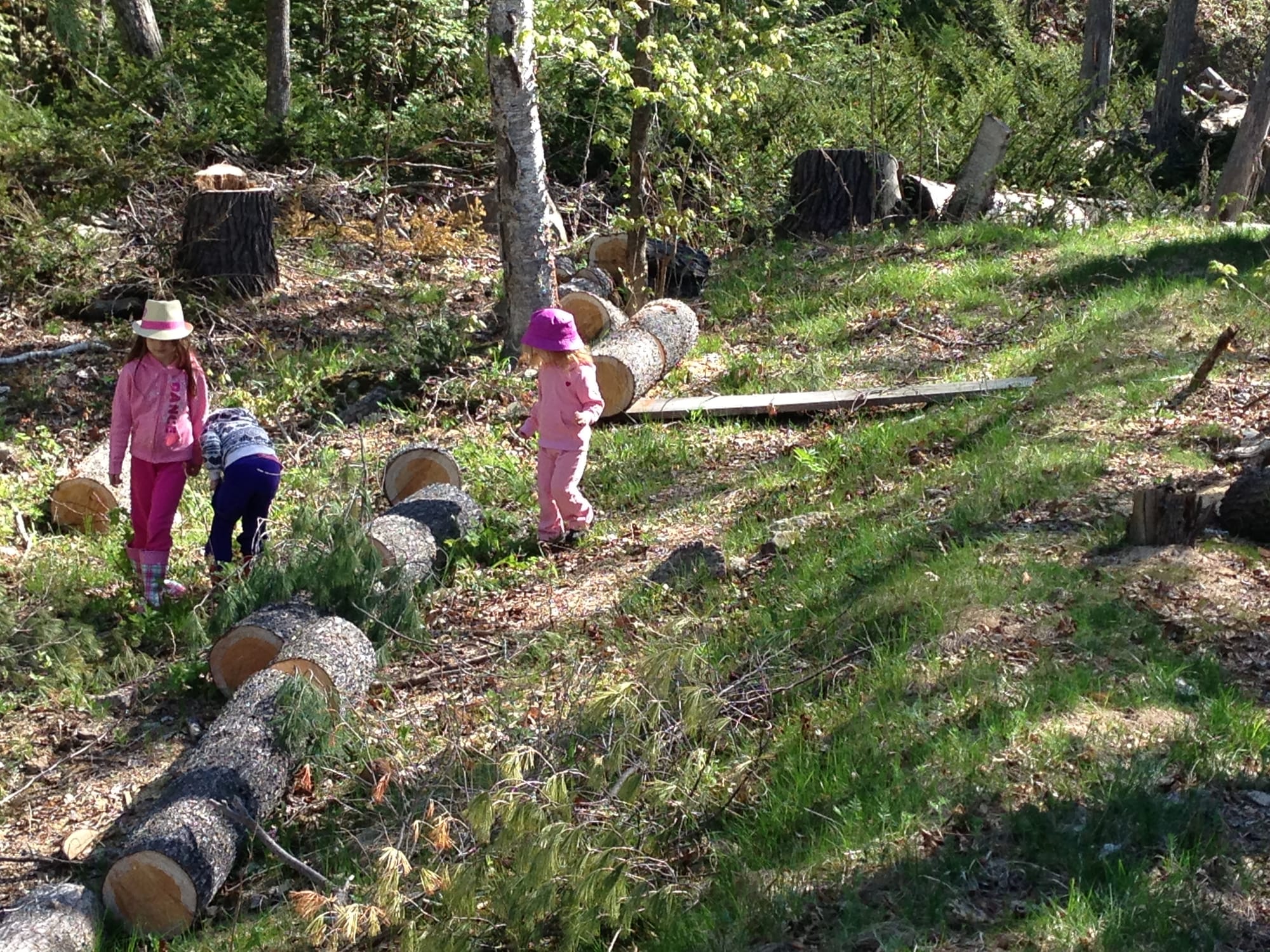
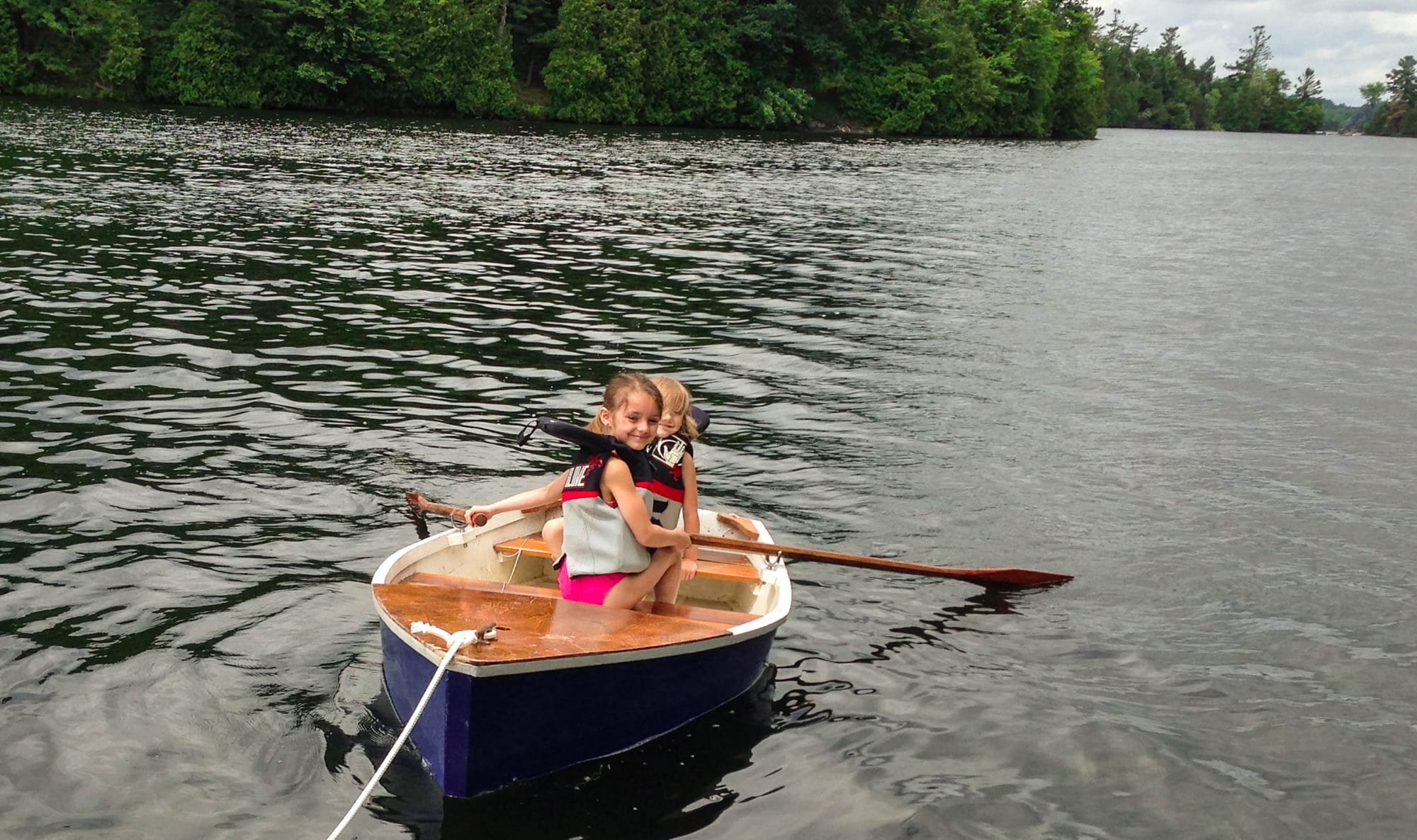
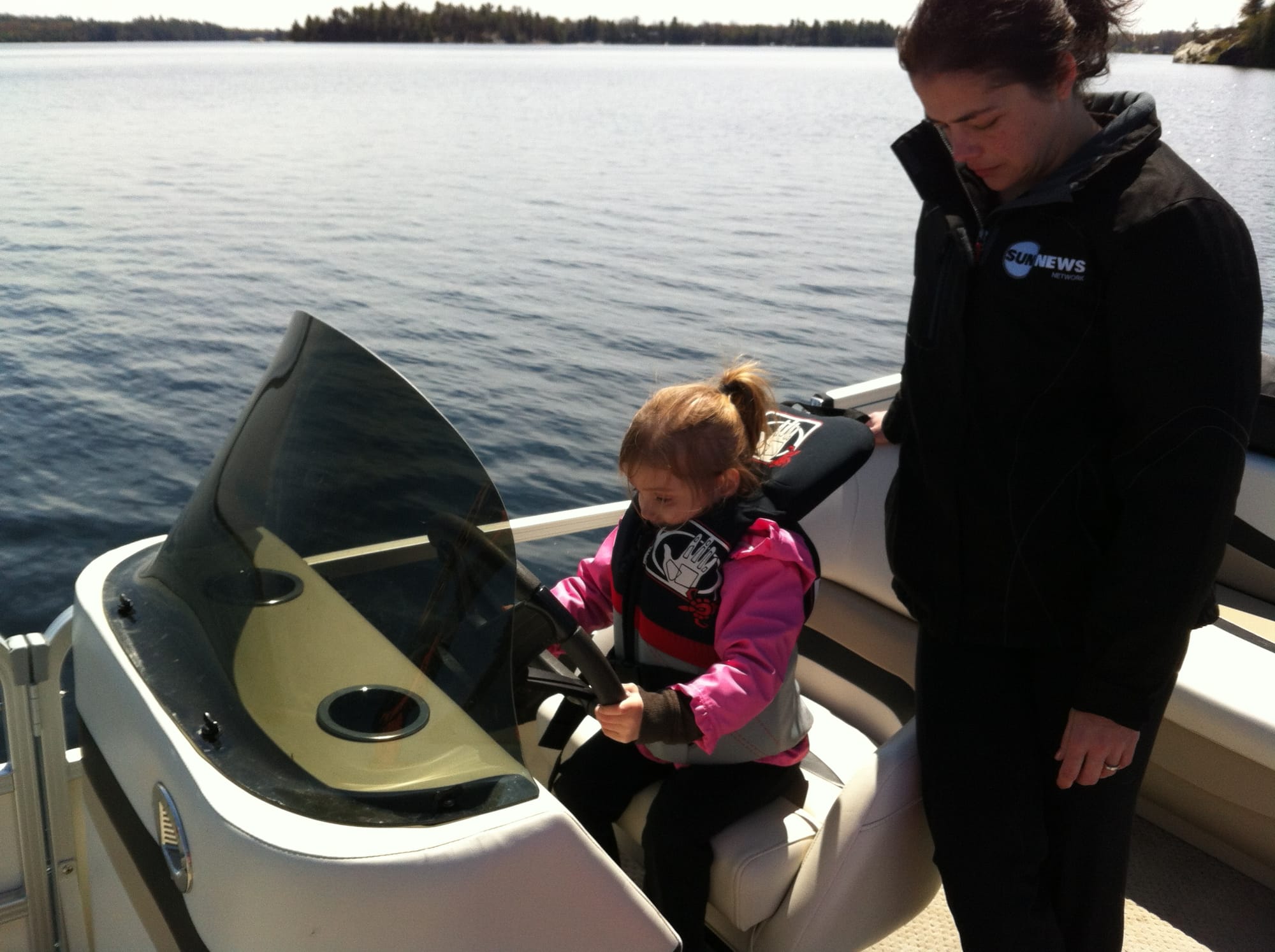
Back when they were little I spent lots of time at the cottage on a small private island – by myself with all three. And by "little" I mean the youngest was still a nursing infant and the oldest not quite four. The island was water-access, and of course I was the only one of us able to drive and land the boat without supervision. (You'd be amazed how awesome little kids are at driving boats; it's docking that's tricky.)
So there I was with three preschoolers on a small but very private island and all I had was a cellphone and my wits.
I taught the eldest (and the middle one, too, though at barely two there's only so much you can expect of kids) what to do should they ever found me unresponsive. They were to shake me and yell at me first, to make sure I wasn't just sleeping. Absent a response they were to take my phone and call 911 and tell the operator they were alone on an island and their mom was unconscious, and to do what the operator said.
But what if for some reason the phone doesn't work?
Take the big wooden spoon and the nearest sauce pan, head to the sun deck, and bang S-O-S in Morse code. Three dots. Three dashes. Three dots. Pause. Repeat, as often as necessary. At some point someone will come and help you.
We practiced the S-O-S thing inside until I was confident they knew it. And periodically I'd remind them of the steps to take if they needed to call for help. They never had to, but they were ready. And they felt very big and competent for knowing how to handle that kind of emergency.
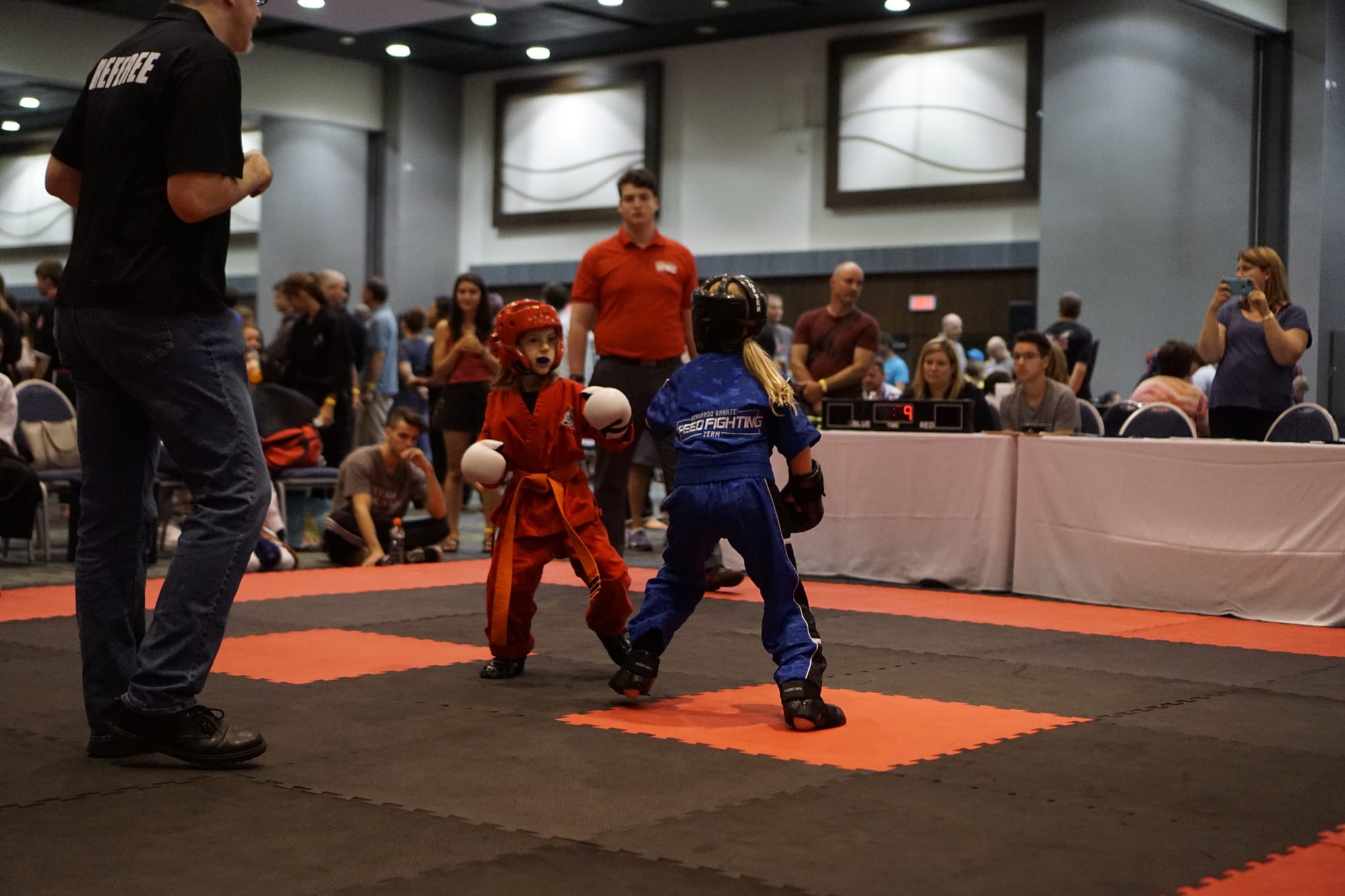
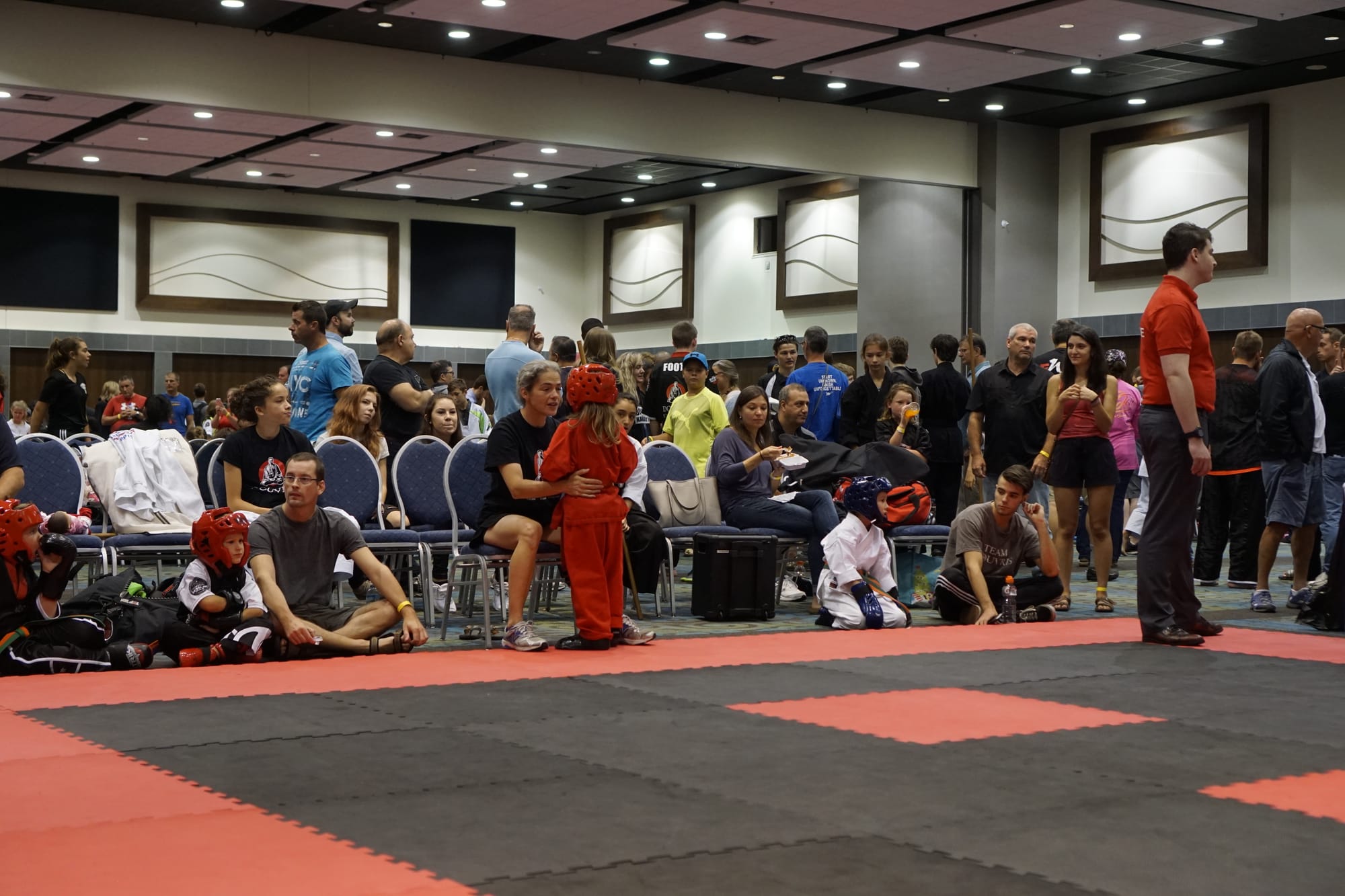
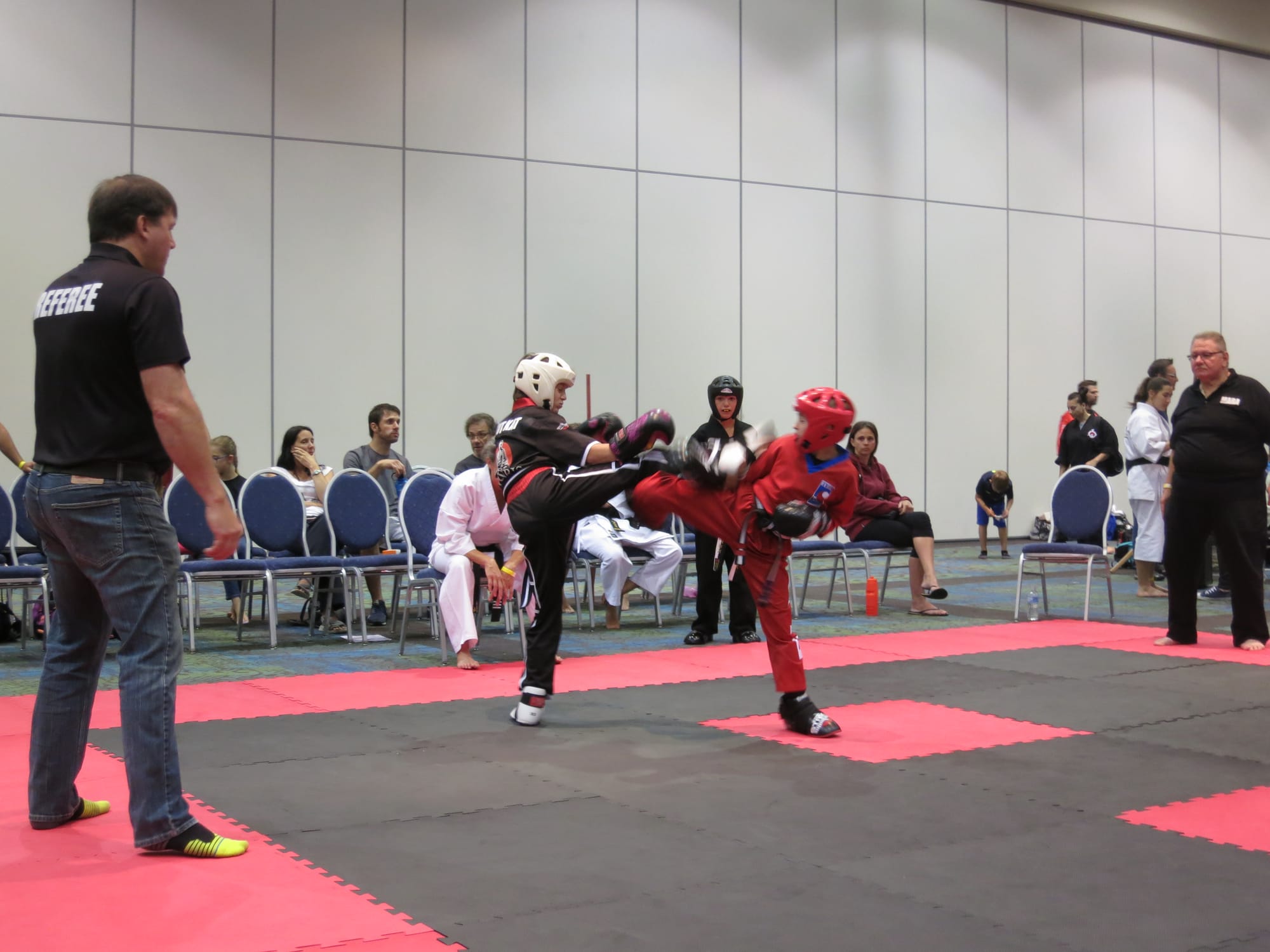
Youngest in the first two pictures (in red) and Eldest in black.
All three of the kids competed in karate including combat, one at the international level. They all know how to drive boats and paddle a personal watercraft. They are strong swimmers. They also learned to handle very scary zip lines, difficult hiking trails, big crowds and – oh yeah – airports. They all travel like pros.
The secret to raising kids who are competent at assessing risks isn't to keep them covered in bubble wrap and it's certainly not to drive them everywhere. But that doesn't mean we should throw them at something dangerous unprepared. The key is to talk with them about risks and how to deal with them, before engaging in anything potentially dangerous.
One trick I had was to ask them what they thought the risks associated with whatever activity we were contemplating were. You'd be amazed how effective this method is because it forces kids to sit there and think things through. And the reward is to do something very cool, like zip-lining. Most of the time you'll find they are successful at identifying relevant risks. That's a sign your kids have brains they enjoy using. Congratulations. They're ready to have fun and take risks, but smartly. And feeling confident in themselves, which is hugely empowering.
I'm all for kids knowing how to manage risks and to have loads of fun doing activities that can sometimes look and feel dangerous. Ideally without breaking anything.
